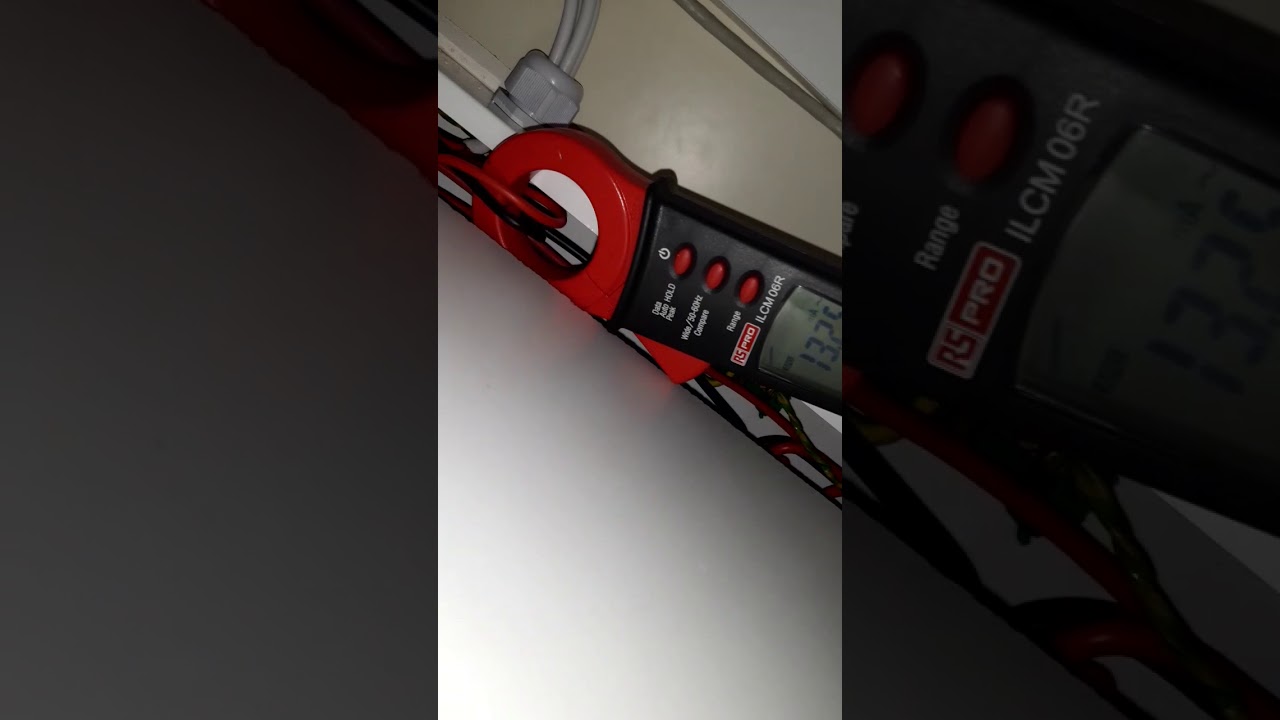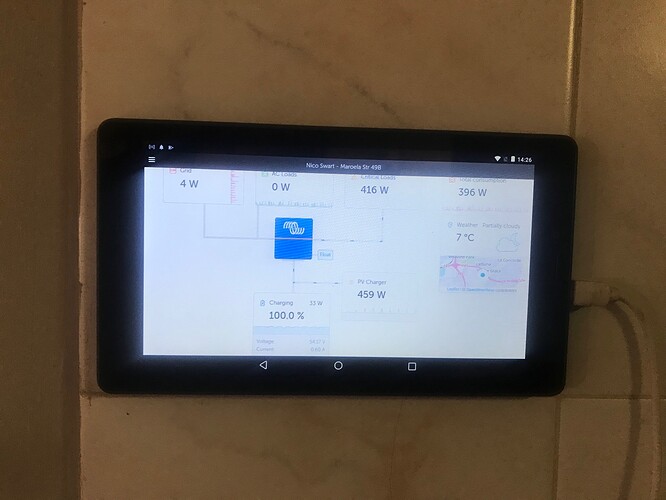interesting post - I think you might have solved another electrical mystery for me.
Firstly I am in the dark when it comes to electrical things and rely on so called “qualified professionals” and unfortunately that opens me up for exploitation, this post is not a dig at the electrical profession - just to highlight the “fly by night” operators.
Just before covid struck, I hired a recomended “qualified” electrician, “specializing” in inverter installations to do the final wiring up of my 3kw MUST inverter with it’s own DB containing CB for the ceiling lights & light current wall plugs.
All I wanted him to do was to remove both ceiling light circuits (10 x 14w LEDS) & 1 light current wall plug circuit (LCD tv / media player / 1 x 14w LED lounge lamp) a total of 3 live wires & their matching neutrals from the main house DB and reroute them to the newly installed inverter DB. I wanted them completely off eskom and that’s where the crap started! he didn’t even do anything himself - his “helper” did all the wiring while he sat on his ass! the only thing he did was mount the MUST 3kw inverter and the inverter DB.
The result was the earth leakage in the new inverter DB would trip every time the inverter switched over to eskom power, I had to reset the EL manually everytime we tested it - kind of defeats the purpose of an automatic switchover feature. I requested he come back fix the problem, but he never returned and I never paid him except for materials up front.
roll on a few months later and growing tired of having to get out of bed late at night to reset the EL after loadshedding, I got another “qualified” electrician to come and fault find the problem - this one was bragging about his skill and knowledge of inverter installations and he knew “exactly” what the problem was?
I had by that time found out through various solar forums that you need a clean direct - no EL power supply to the inverter, so his brief was to run a clean power supply, bypassing the main house DB EL to the inverter AC input and also to install a 2 pole “DC” disconnect for my 24vdc 105amp battery supply cables to the inverter. He showed up with a 16amp AC 2 pole CB from brights? After he pulled a clean power supply through to the inverter AC input the EL problem still existed?!! paid him for materials (except the 16amp AC CB) and never heard from him again.
So what was the chances of hiring another “qualified” professional electrician that can’t fix the problem - third time lucky I thought, this time after carefully explaining to him the problem on the phone and warning him if he can’t find & fix the problem - I’m not paying him a cent! He repeatedly reassured me he will fix it within an hour or no charge.
15min later he was knocking on my door. Very pleasant chap - ex Zimbabwean - fully kitted out with tool belt with all electrical instruments, ironically with both previous electricians I had to lend them extension leads / ladder & torch etc. first thing he did was to remove ALL appliances from wall plugs and he checked every wall plug for polarity, or something like that - all plugs were correct except my bedroom wall plug that seem to have an earth wire problem.
He then inspected the newly installed “clean” power supply to the inverter and showed me why my El problem still existed. Seems the last “qualified” electrician had wired it wrong!!
Once he corrected the wiring - and actually bypassed the main DB EL this time, the inverter worked like charm and is still working perfectly, so much so that I don’t even notice when the power goes off or back on again. He also cleaned up the wiring in the new inverter DB, apparently coiling up excess wire is a no no!?
Then a few weeks back another problem reared it’s ugly head - all of a sudden after many years working perfectly, my washing machine & tumble dryer starts triping the garage EL?
thanks to your post above I think I know the problem now - both machines have one of those ELLIES surge protectors on their individual main power supply. I did this years ago as I lost the MB on the brand new washing machine due to eskom supplying crappy power and a new MB from Defy costs R3500! thank gard for guarantees - I just had to pay for the call out. I have since had a surge protector added to the main house DB so I guess I don’t need the ELLIES anymore.
I will remove them and see if the EL trips again - if they do I’ll replace the EL in the garage DB and see if that solves the problem.
thanks for the post.




